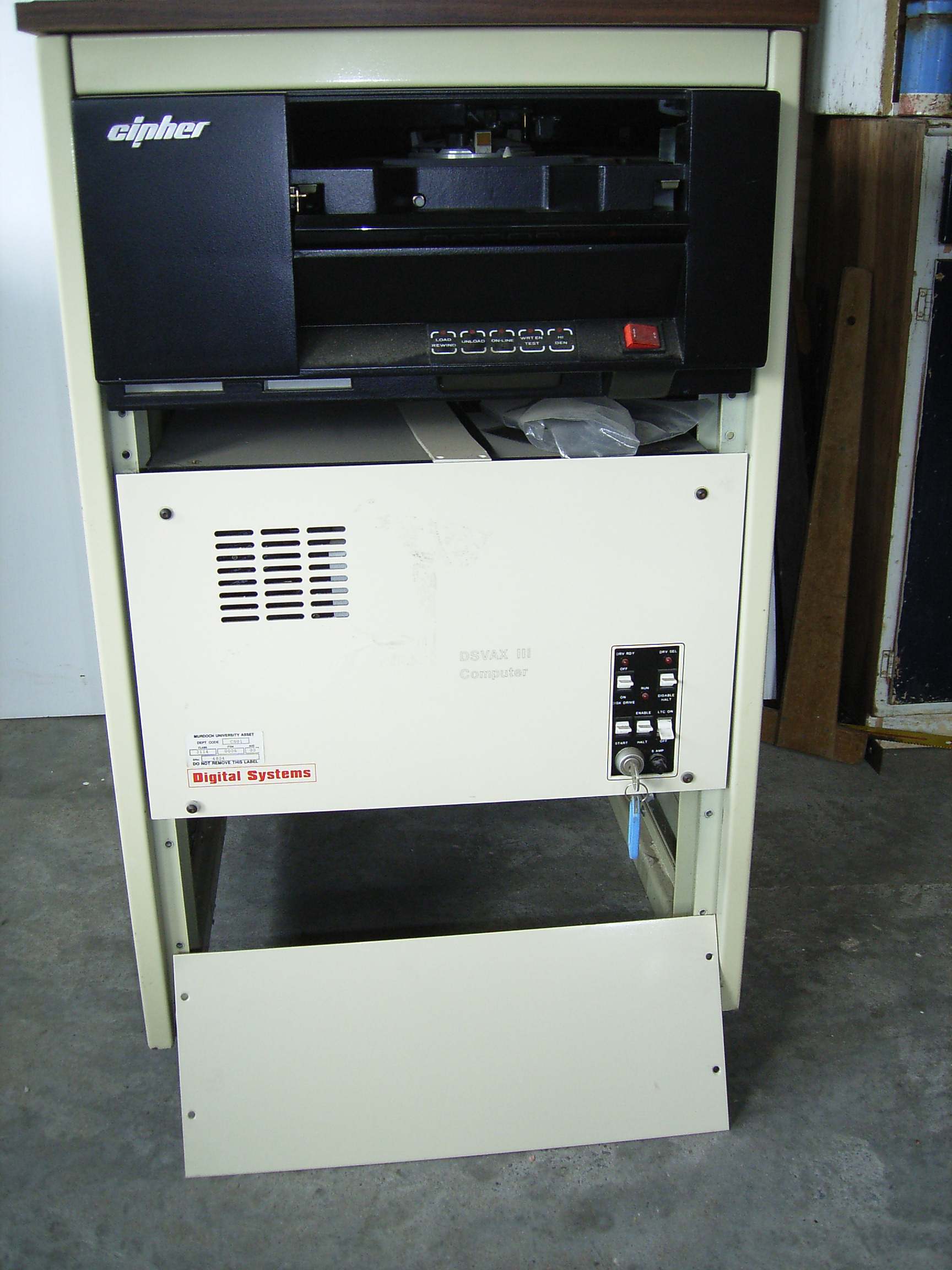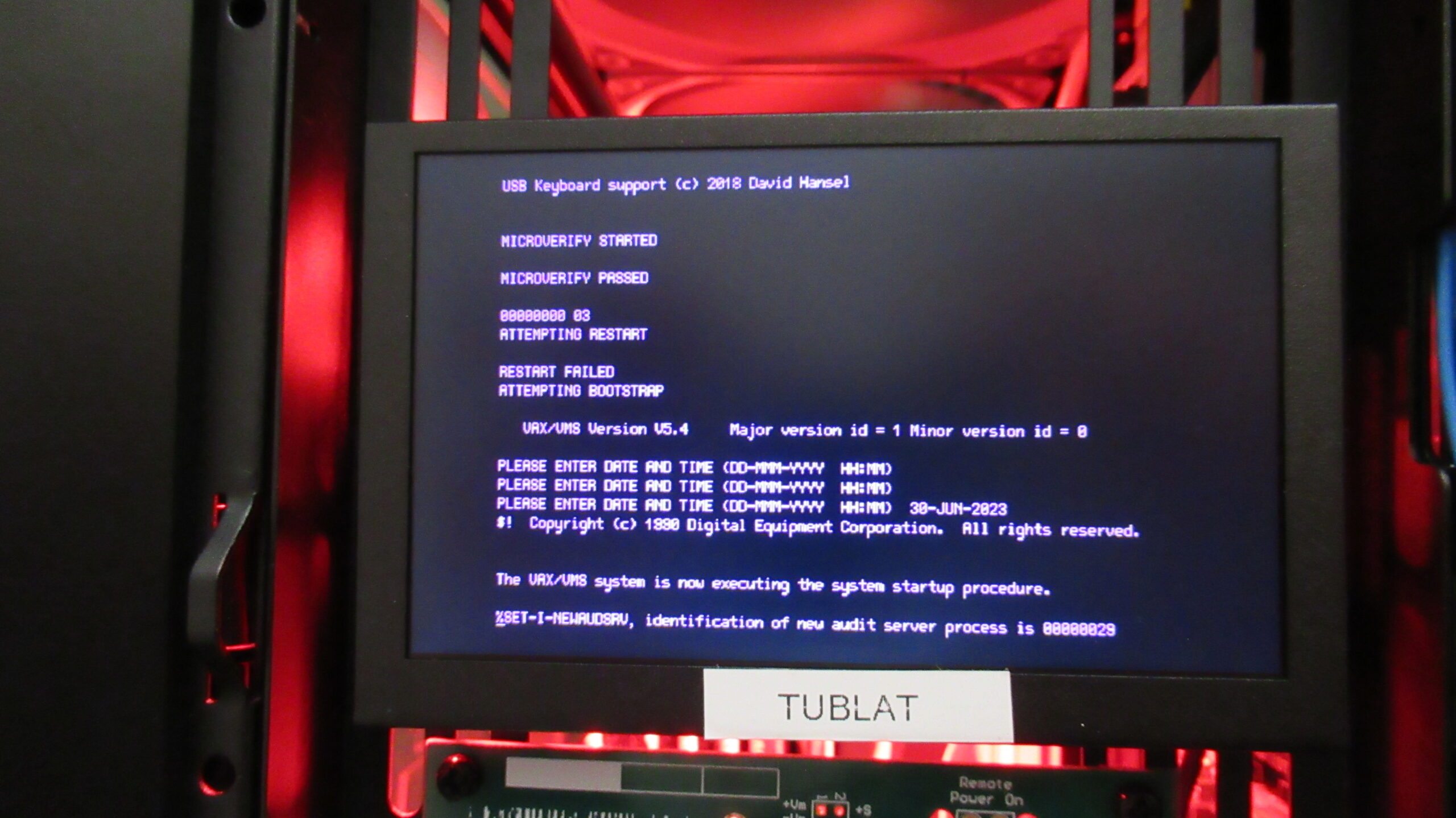One of the DSVAX III‘s 220V cooling fans failed short and has blown the main 5A fuse, so it was time to take the QBUS enclosure apart and replace it. It was a good opportunity to replace the fuse holder (lid kept falling off) and the key switch, which has failed open.
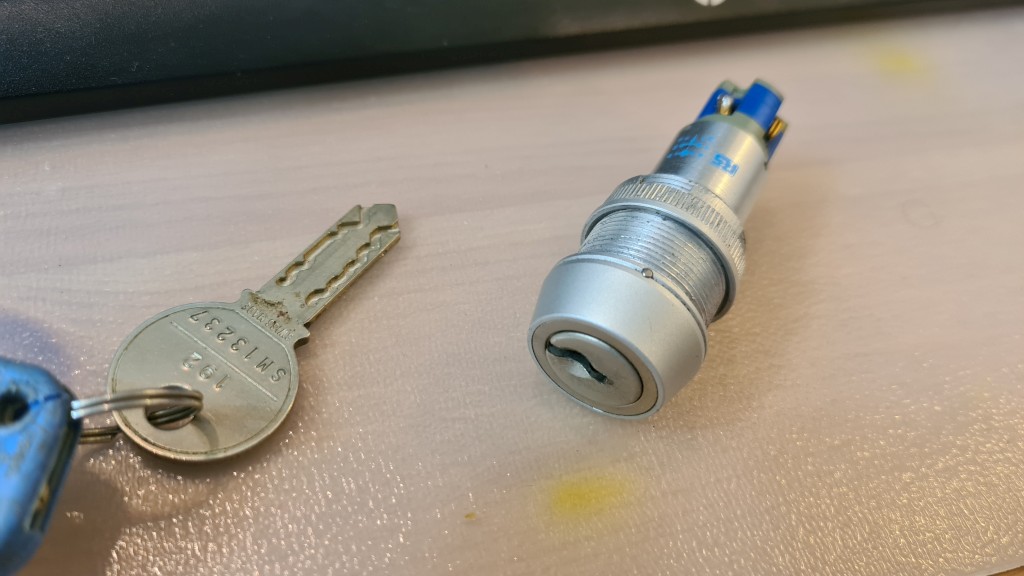
Interesting things lie inside, so here is a collection of facts and photos I have put trogether describing this machine.
A company called Digital Systems Pty Ltd was active in Perth, Western Australia. The company sold this DSVAX to Murdoch University in Perth, at or around 1989.
I have a partial copy of the quote document, where a BA23 enclosure -type computer was quoted, as well as an add-on quotation for the rack machine that was actually supplied.
It reveals the machine I have is a “DSVAX 3/16” system, originally supplied without a tape drive and with the BSD operating system installed.


The machine had a Fujitsu M2372K 824MB 8″ SMD disk drive installed, which was unreadable and failed to format after numeruous attempts. It was tied to a WQSMD disk drive controller, made by Australian company Webster Computer Corportaion.
The WQSMD controller’s on-board program is called WOMBAT.
Tom, an ex-employee of Webster, had this to say on the issue of trying to make the disk drive work beyond the “Write Failure” and “F-DATACHECK” messages:
[Wed, 20 Sept 2006 at 4:59 am]
VMS is surely way newer than anything Webster ever ran on them (which was mainly RT11 and TSX). It is very likely that the MSCP implementation isn’t up to scratch. Frankly, it never was. It was written from very limited information on what the protocol was, and was only fiddled when bug reports came in about it not working properly with what the customers were plugging them in to.
The caching was always suspect and buggy.
Remember DEC considered this (and everything else they made) a proprietary protocol for them to make money from. Early on (the PDP legacy) the engineers published wonderful user manuals so that others could write drivers and software to run on their hardware. A fortunate side effect for the third parties was that they provided enough information to make copies. Add that the availability of the DEC Diagnostics and you could get “diagnostic compatibility” with DEC hardware.
I think it was more of a “closed shop” by the time the VAX came along.
How people got Unix running on them I don’t know. DEC must have provided sufficient details to friendly educational institutions to allow them to perform basic operations on the hardware, but I doubt if they ever gave full details of all the private stuff they put in the controllers and the protocol.
Remember the WQxxx MSCP was written in “6800 assembler”. This was a step up from microcode, but it’s still pretty horrid and also written by some (when judged from now) cowboy programmers.”
Webster went into receivership in 1989.
The Cipher tape drive is also in a sorry state, it needs tuning but recent attempts to power it up revelaed it probably has a power supply issue as well.
Circuit boards inside the rack reveal a very Australian machine. The DLZV11 8-line serial multiplexers were made by Webster. Digital Systems manufactured the serial distrbution board at the back:

And apparently also the switch/LED control panel PCB on the front:
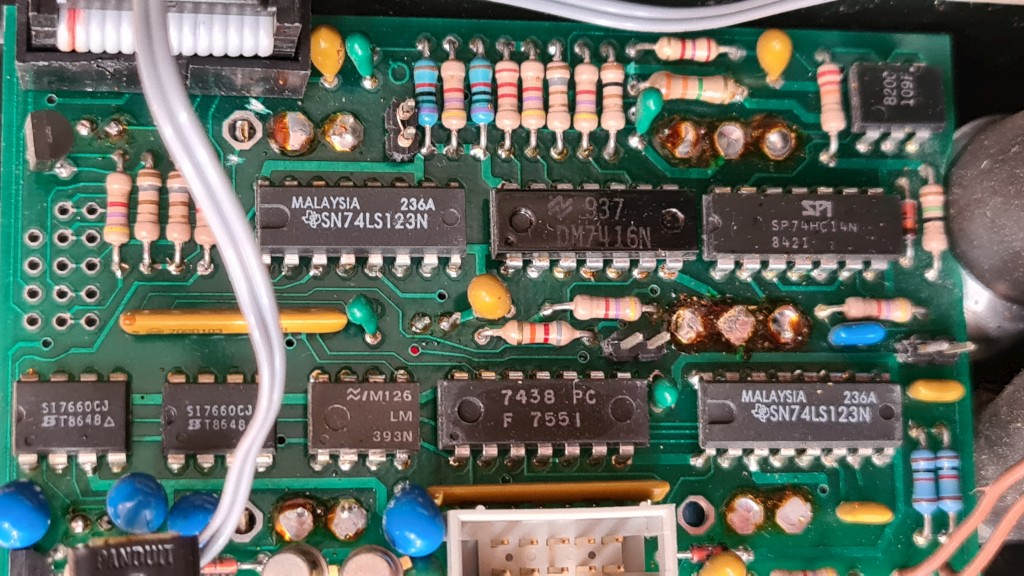

There are a total of 5 AC fans installed (FP-108 or similar) in the 19-inch rack. On the three fans cooling the main compartment, there are small, custom made temperature sensor boards hot-glued in place. These boards are powered by a small AC transformer, and they are all connected in parallel to drive an audio alarm when one of the fans fail. I never heard the siren go off, so there is probably a fault somewhere. The siren and small transformer are visible on the bottom right of the top view photo:
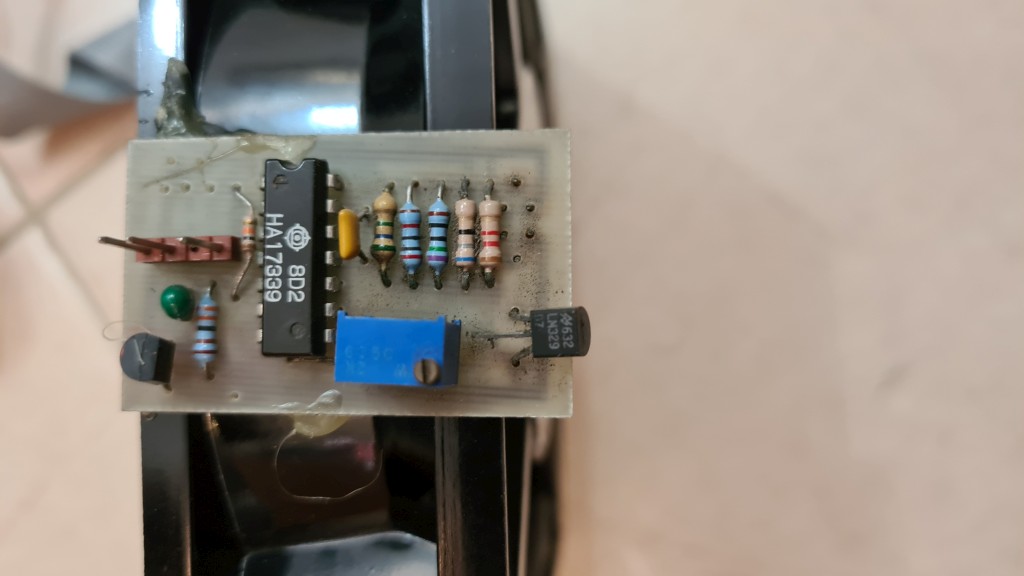

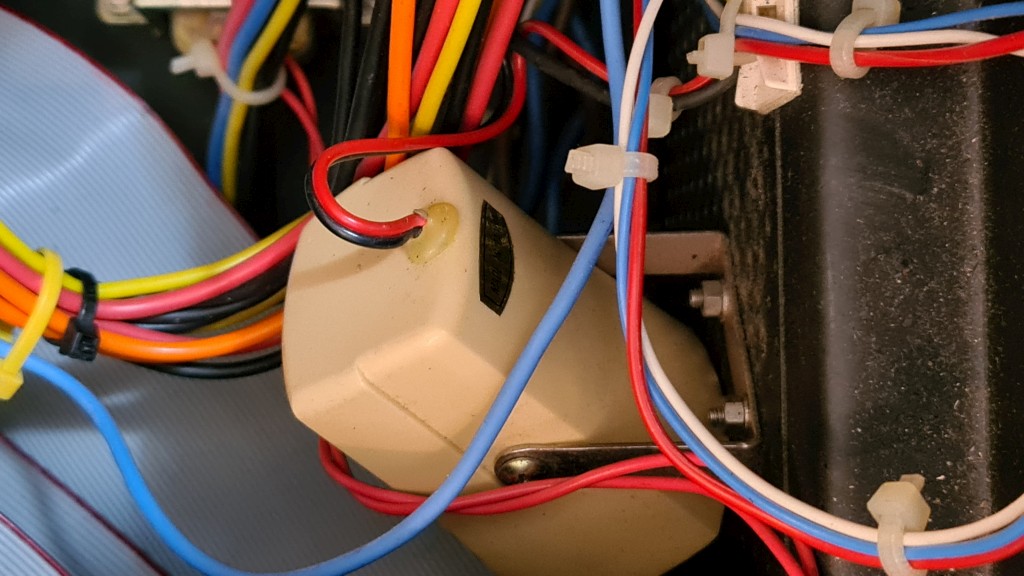
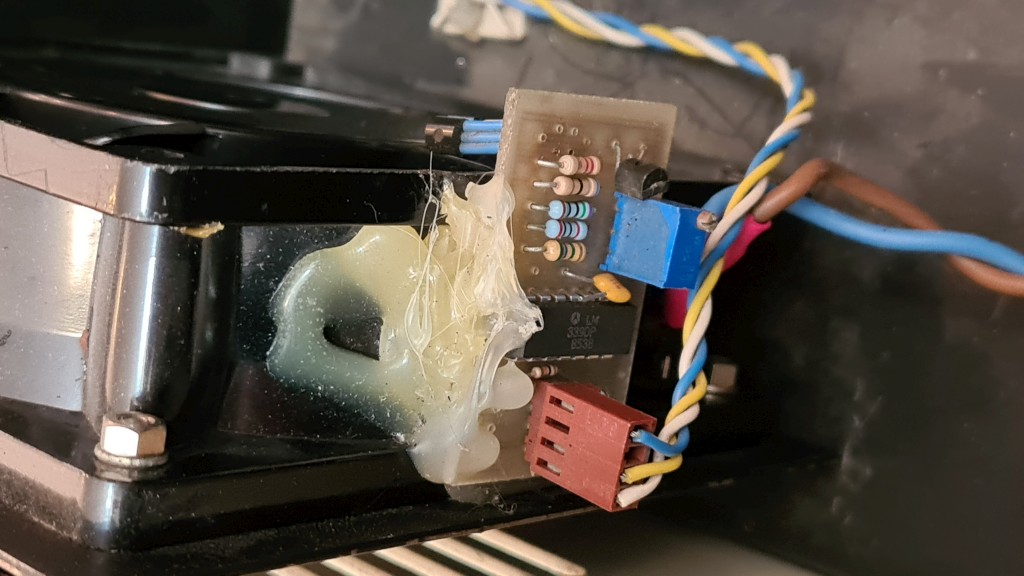
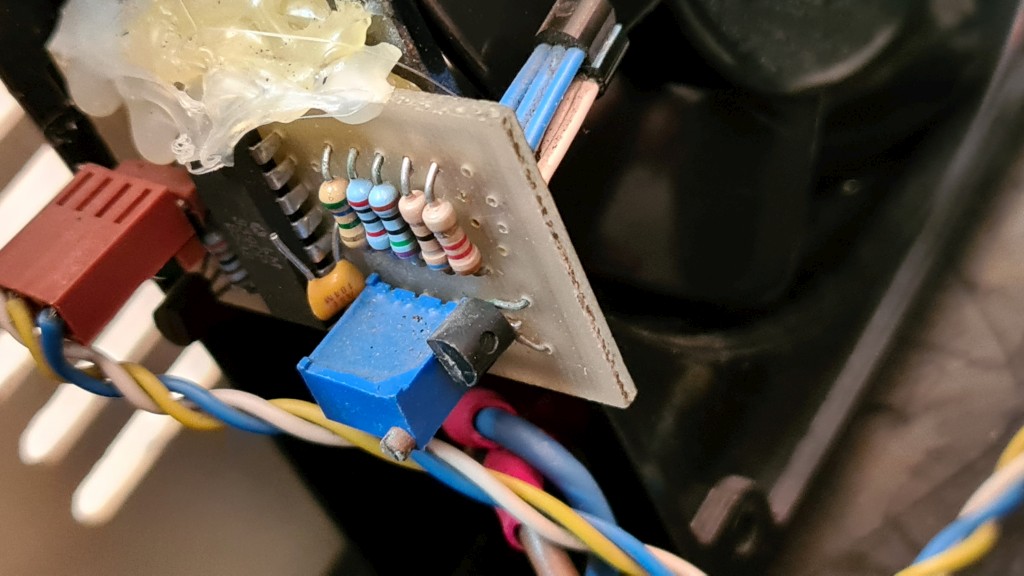
The power supply was also made in Australia, by a company called “R&D CARBUHN Pty Ltd” From Forest Hill, Victoria:


R&D Carbuhn ABN (57006627425) was active until 2014.
Digital System Pty Ltd (ACN 008881525) was active until 2019.

One last repair job was to accomodate the DSVAX with RTC battery back-up.
The original method was using 4 AA batteries, non-rechargeable, that were sitting in a battery holder attached to the inside left wall of the enclosure. Old batteries leaked and corroded their surroundings badly. I have installed one of my custom battery backup boards, which uses a lithium battery, that should be more than adequate for occasional use:

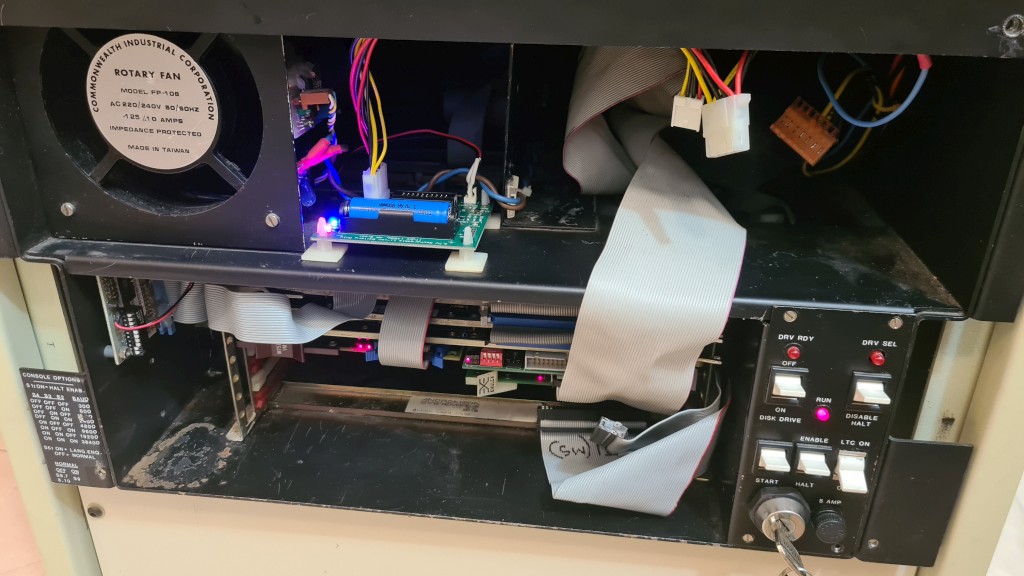
Below photograph shows the KA650 CPU board (fuse fix visible on top right):

